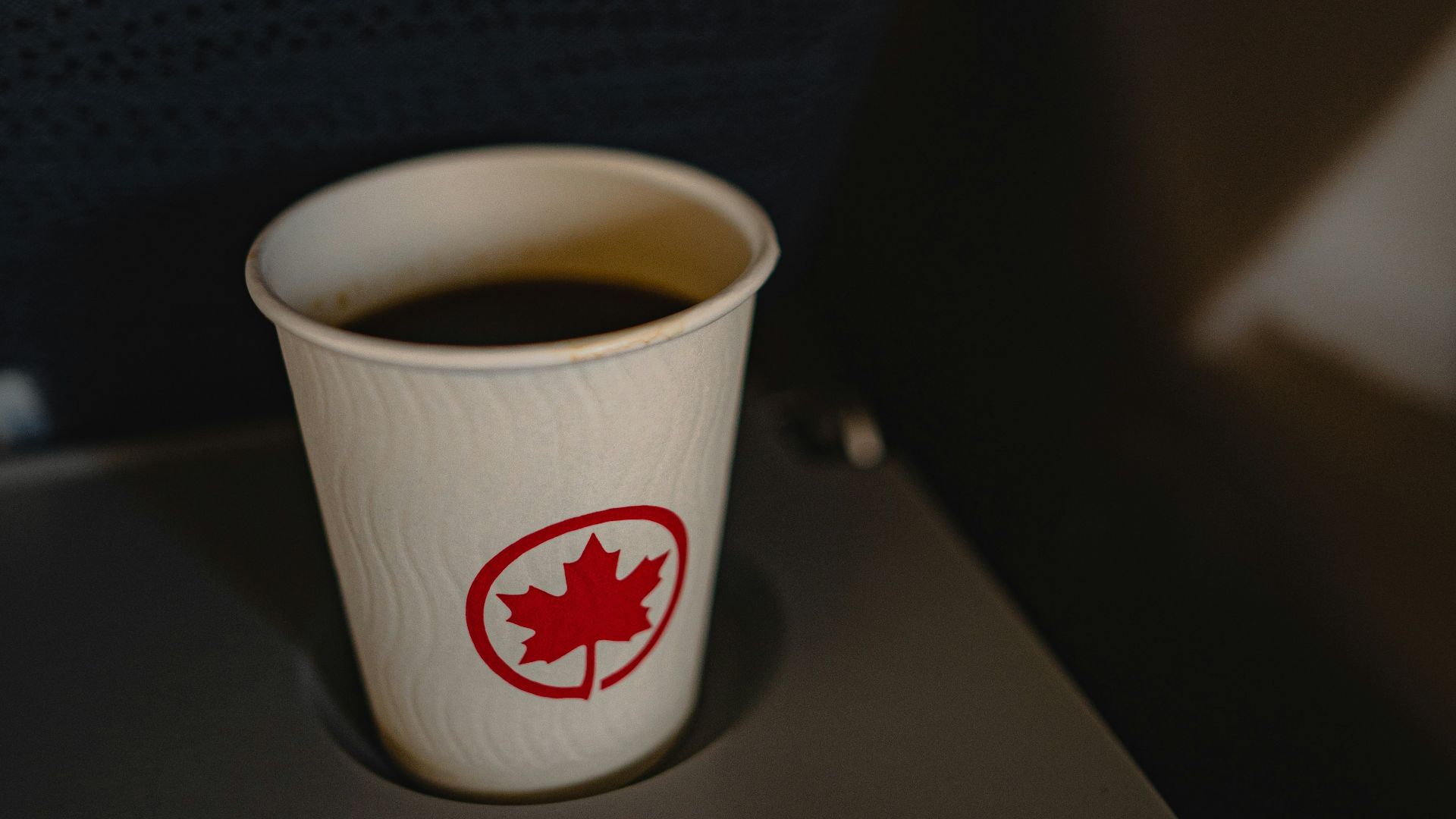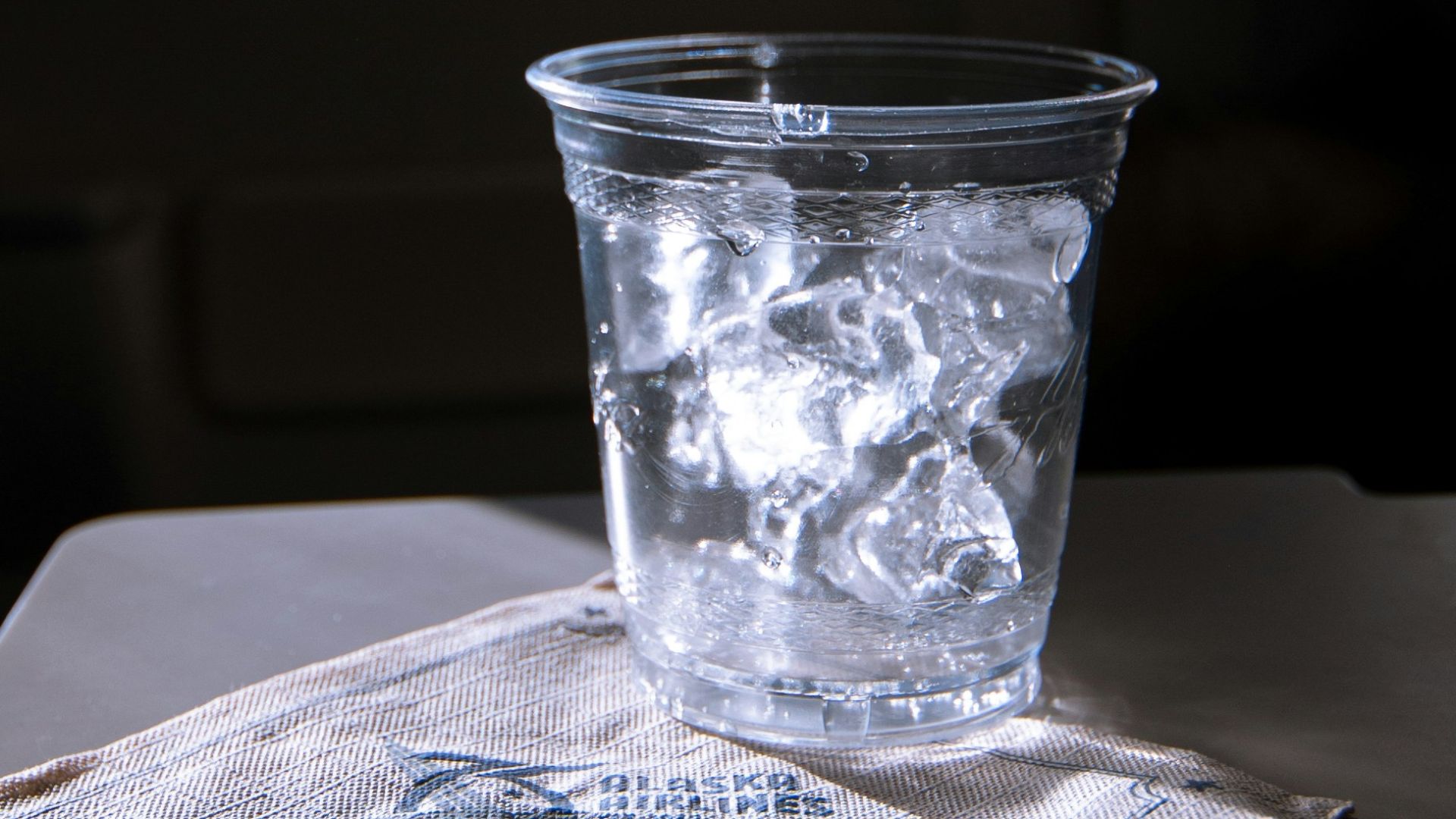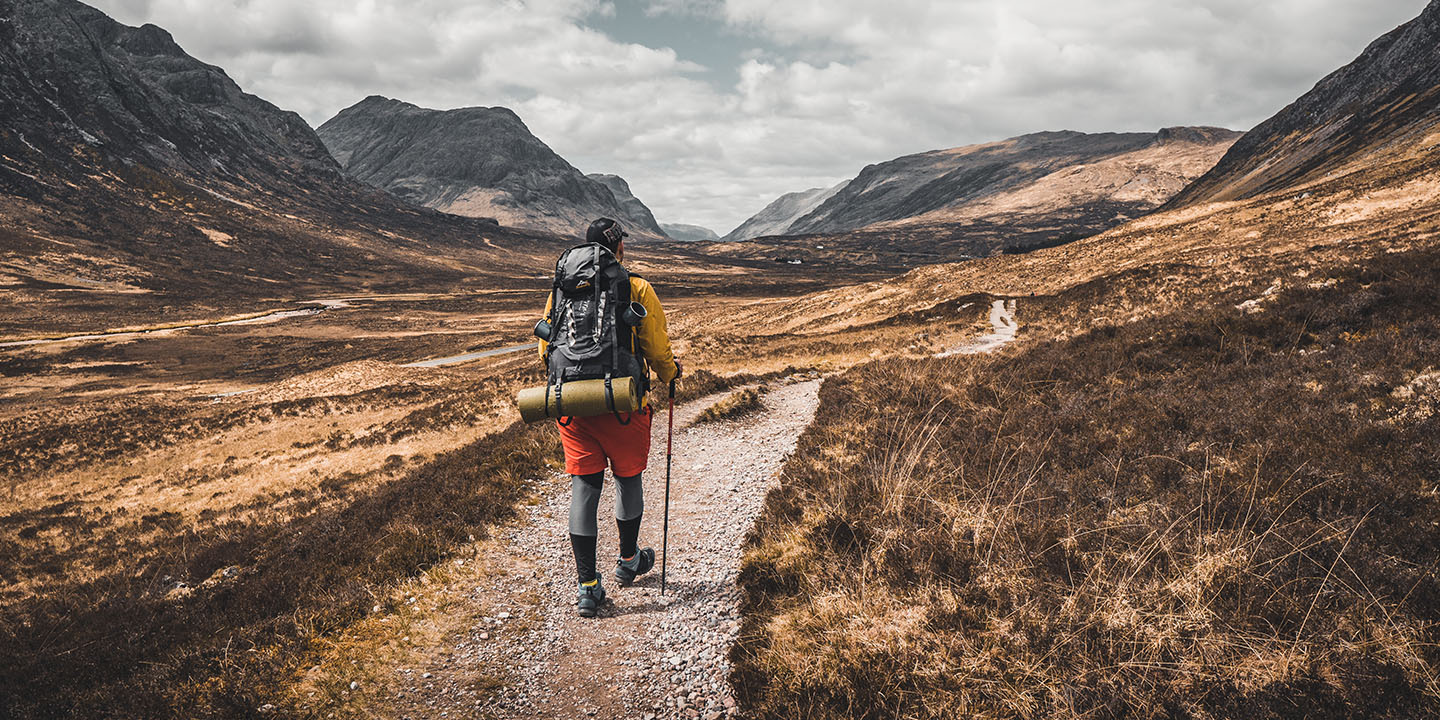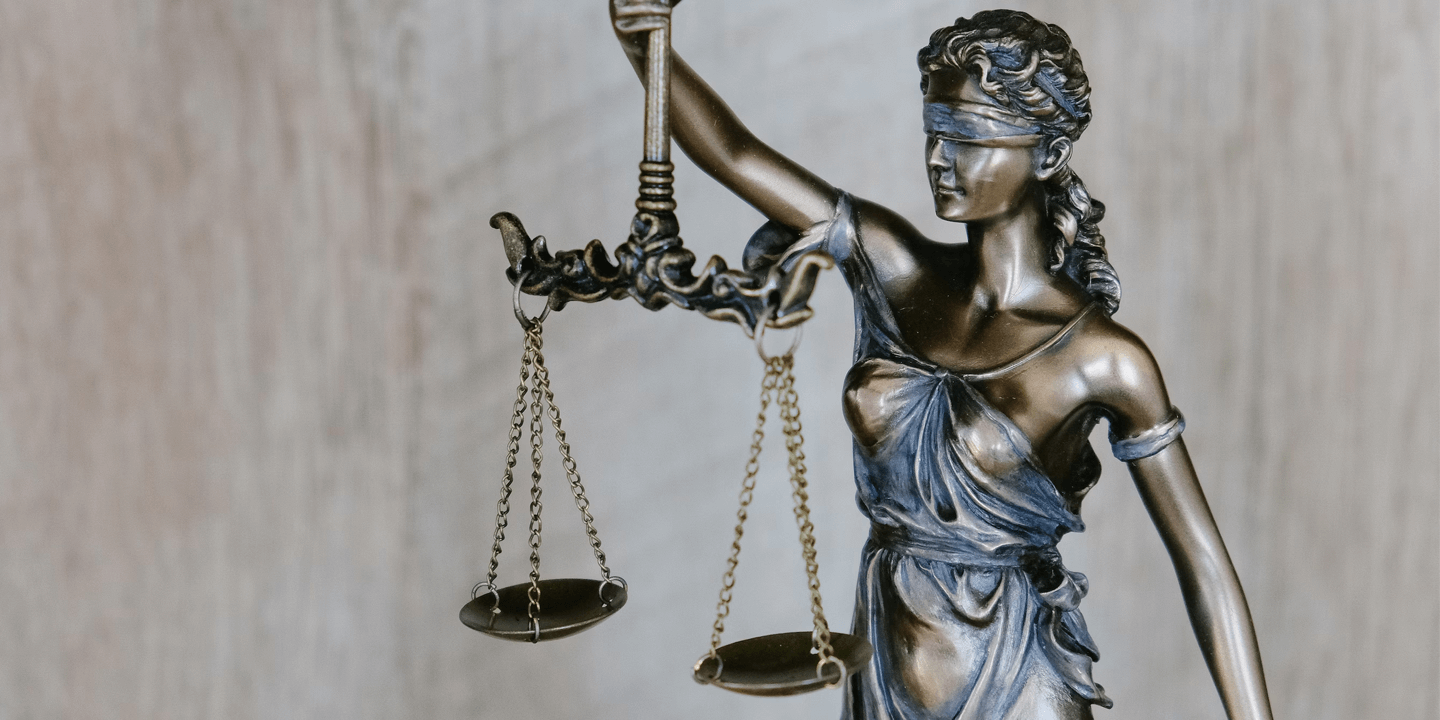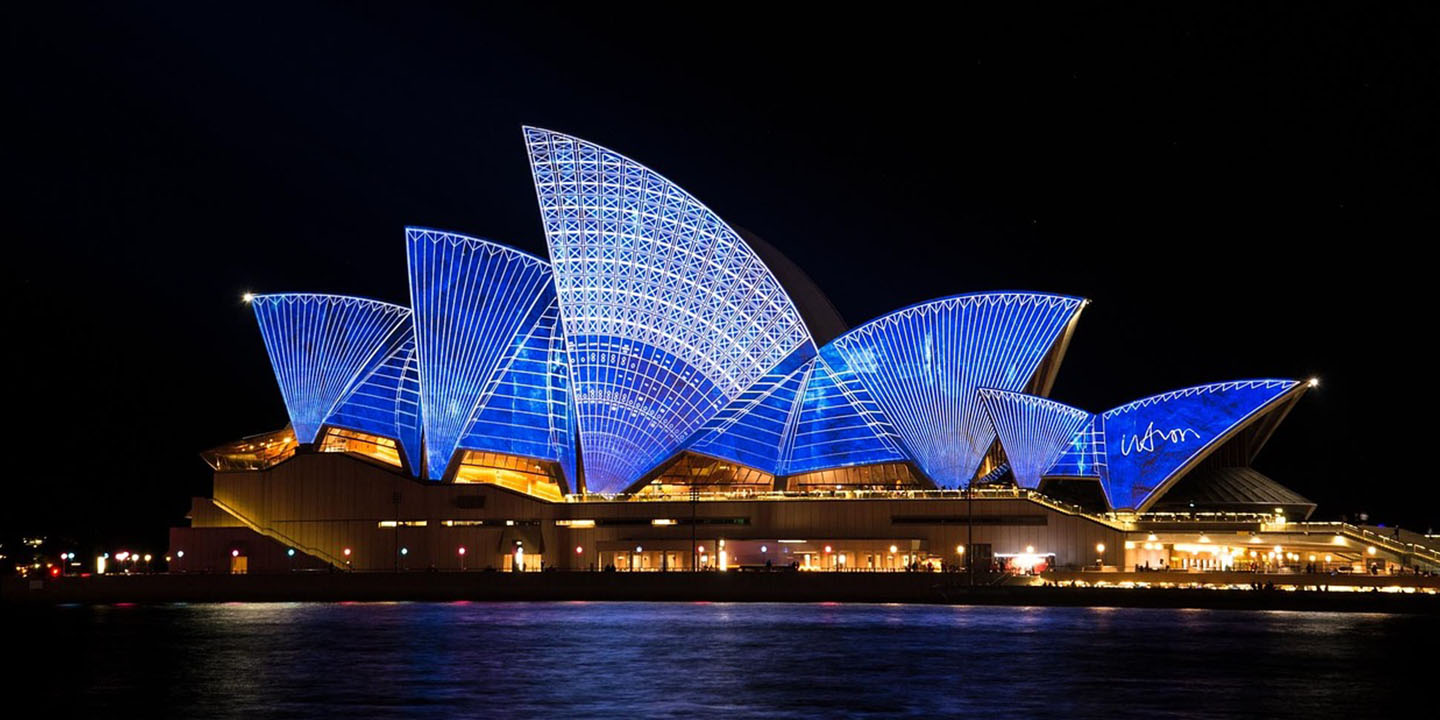People always ask what the deal is with airplane food, but nobody ever considers the real problem: airplane coffee. We understand why a sky-high cup of java may sound appealing—especially if it's a red eye or long-haul flight. However, there's a reason why flight attendants never drink the coffee they serve to passengers.
Airplanes already aren't known for their cleanliness. After all, you pack a couple hundred of people in a confined space full of stale air for anywhere from a few hours to the better part of a day. Already, the sanitary conditions are less than desirable.
What's worse than the air quality on flights (the air pressure and altitude do no pressure for your skin, which is why you always feel crusty upon arrival), is the water quality. You might think that, while the sink water isn't potable, the water the use for coffee and tea is fine.
You'd be wrong.
What's The Deal With Airplane Coffee?
The water tanks on plans are notoriously dirty. So dirty, in fact, that studies have shown most airplane water tanks are breeding grounds for E. coli! The Aircraft Drinking Water Rule only requires airlines to test and disinfect their tanks four times a year.
The cleaning process leaves something to be desired as well. Airline mechanics say that water lines are difficult to clean. Due to difficulty, the cleaning process is relatively simple: fill the tank with diluted bleach, let it sit, then rinse and repeat as many times as necessary.
All this is to say that your delicious cup of airplane coffee is a bona fide breeding grown for bacteria. On some airlines, the coffee machines are swapped out rather than regularly cleaned. On others, they're cleaned only when they're broken.
And, as if that wasn't all gross enough, flight attendants report sometimes dumping leftover coffee pots in toilets. While they're not emptying them right over the bowl, there's still risk of cross-contamination. The backsplash of the coffee transfers tons of undesirable particles back into the pot which, as we've established, is already less-than-clean.
Destination: Sanitation
So, for the sake of your health, avoid anything that doesn't come in a can or bottle. The last thing you want is to start your vacation off with digestive issues. If you need a caffeine fix, get one at the terminal.
And yes, this goes for tea and tap water too. If you're concerned about being dehydrated on the plane—which, frankly, you should be; they're drier than Death Valley—our best advice is to make sure you have multiple bottles of water with you when you board.
Lastly, there's one final reason why you should side-eye the coffee your seat mate is drinking. Coffee and tea are diuretics, aka they make you have to go to the bathroom more often. Airplane bathrooms are already nightmares—especially if the person in the aisle seat is conked out—don't complicate things by going more than you need to.
Everyone is comfortable with different things, and different airlines have different standards and hygiene practices. The examples we've shared are not indicative of every airline in the world, but are taken from the personal experience of flight attendants and other airplane personnel.
Some people may feel fine drinking plane water, provided it's been heated. Bacteria is eradicated at 175 degrees, which is under boiling, but still hot enough for your average coffee or tea. Additionally, some airlines—such as Alaska Airlines and Allegiant Air—have cleaner water than others.
At the end of the day, use your own discretion with regards to airplane water. Listen to what your gut tells you—after all, it's the one that will be paying the price for contaminated water.



